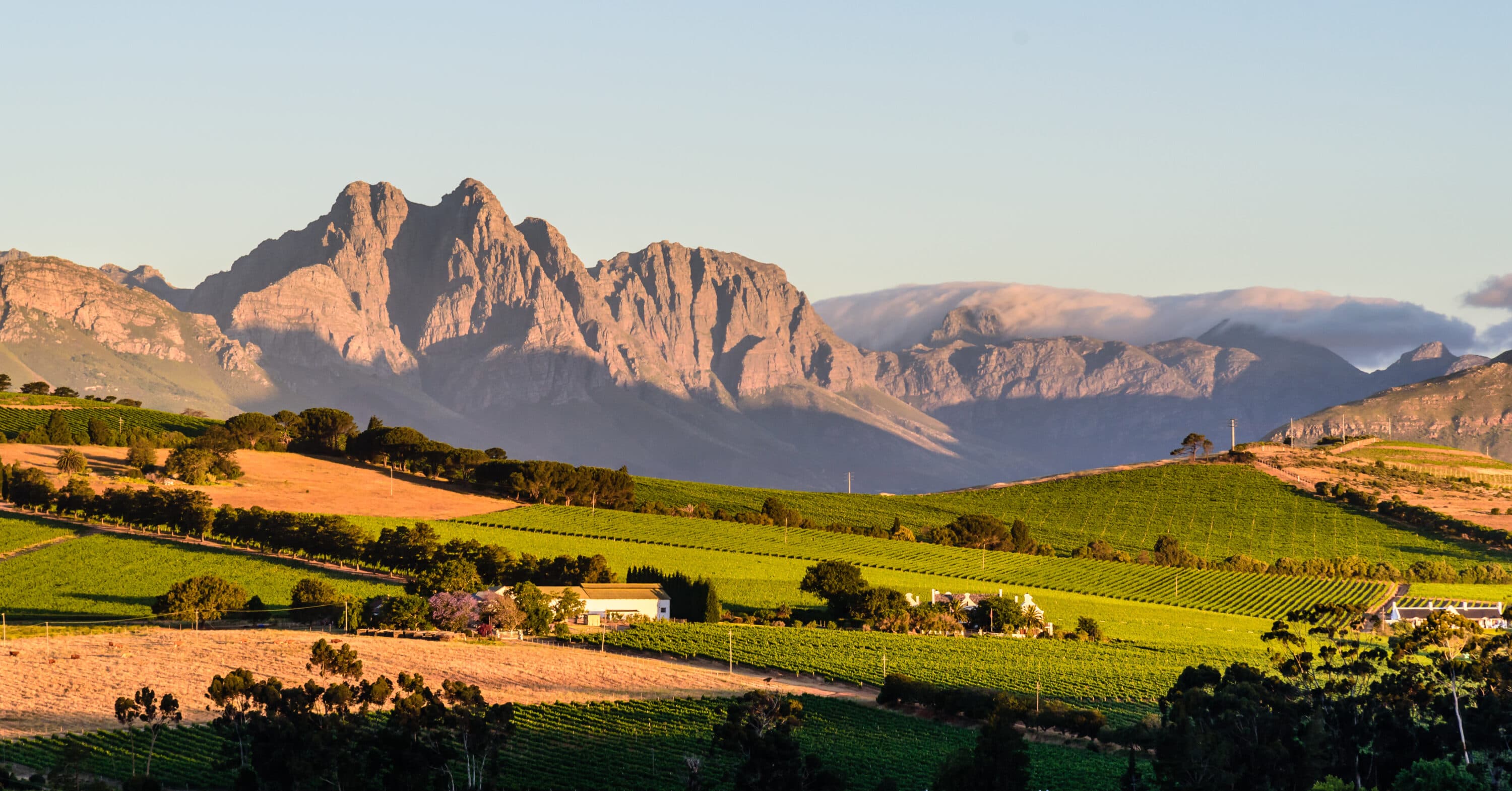
Response to the expert opinion in relation to NERSA’s decision on Eskom’s 2018/19 tariff application
Nova was instructed by Gildenhuys Malatji Attorneys, to provide a response to the expert opinion set out in the affidavit by Dr Hawthorne in relation to National Energy Regulator of South Africa’s decision on Eskom’s tariff application for 2018/19 in Eskom Holdings SOC Ltd. v. NERSA, case: 37296/2018
Purpose of the report and key findings
In the critique we focused on responding to four broad arguments raised in the Hawthorne Affidavit. We began by challenging Dr Hawthorne’s interpretation of the MYPD methodology and specifically the definition of an ‘economically efficient tariff’. We concluded that while the concept of setting rates for public utilities at long-run marginal cost (LRMC) of producing power is theoretically sound, it would be impossible to practically apply. In light of this tariffs must be set based on the rate-of-return (RoR) method as stipulated in the approved MYPD tariff methodology.
Secondly, we provided an overview of the regulatory framework and challenged NERSA’s approach to assessing whether Eskom’s costs had been prudently and efficiently incurred. We concluded that NERSA’s approach was not consistent with either the international guidelines for a ‘prudent investment test’ in the context of utility rate-making or indeed their own published guidelines.
Thirdly, we responded to the claim that Eskom was at considerable risk of entering a ‘utility death spiral’. Having reviewed the arguments we found that NERSA had misinterpreted the concept of a ‘utility death spiral’ and the conditions that would theoretically give rise to it. We found that there was little evidence of widespread defection from the grid due to the lack of competitively priced alternatives and consequently little risk of Eskom entering a ‘utility death spiral’.
Finally, we provided an overview of Eskom’s financial performance. We demonstrated how a series of poor regulatory decisions resulted in a persistent revenue shortfall and noted that this led to a significant deterioration in Eskom’s financial performance. We noted that while Eskom’s residential and industrial tariffs were no longer the lowest in the world, they were still relatively low by global standards. Our analysis showed that the tariffs NERSA had approved did not reflect Eskom‘s prudently and efficiently incurred costs and that Eskom could not achieve a reasonable return on assets at the prevailing tariffs.
Impact of the study
In its ruling on the 10th of March 2020, the North Gauteng High Court reviewed and set aside NERSA’s decision on Eskom’s’ 2018/19 tariff application. Judge Jody Kollapen granted Eskom permission to make a supplementary tariff determination granting Eskom any additional amounts that it spent in the 2018/19 year to which it had been entitled had the original tariff determination been made lawfully. NERSA for the financial years 2014/15, 2015/16 and 2016/17.
In his judgment (para. 77), Judge Kollapen found that in determining Eskom’s tariffs, NERSA had departed from the MYPD4 methodology and that the ‘unilateral departure by NERSA from the MYPDM4 and application of an alternate methodology without affording Eskom the opportunity to give an input, renders the impugned decisions vulnerable to review in terms of the Promotion of Administration of Justice Act (PAJA)”
